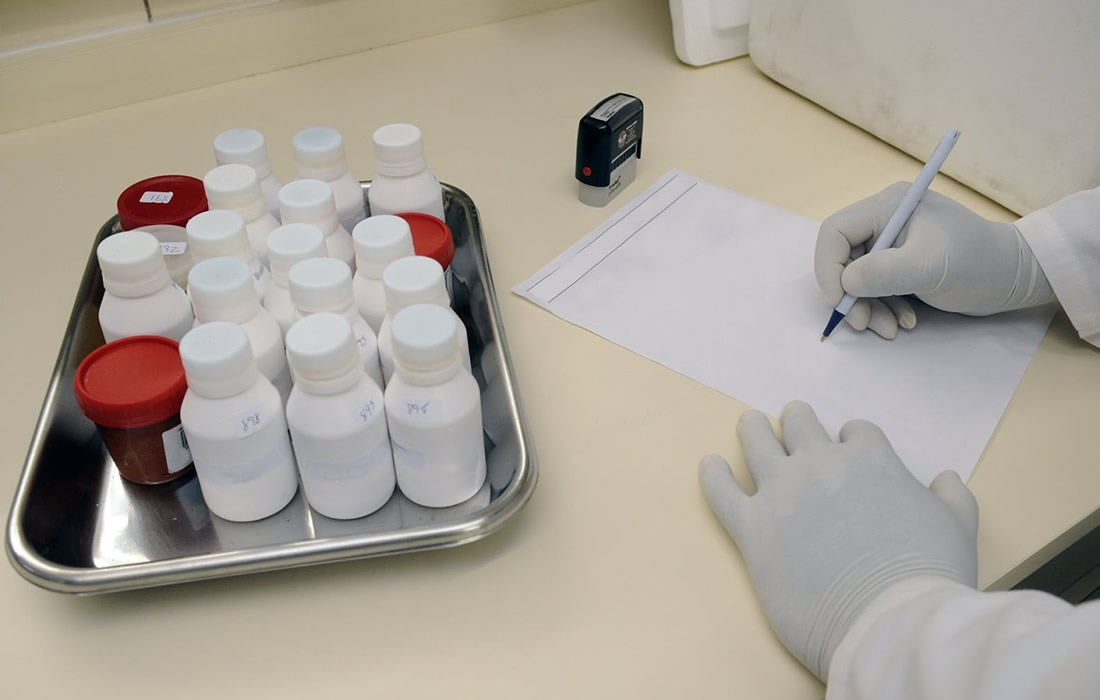Regenerative Medicine News and General Information
New Possibilities for Treating the Most Common and Deadly Brain Cancer
Cancer treatments rarely kill all tumor cells. In glioblastoma, as with many other highly recurrent cancers, tumor cells that escape treatment develop multiple genetic adaptations, or mutations, that allow them to proliferate.
The gene-editing technology CRISPR shows early promise as a therapeutic strategy for the aggressive and difficult-to-treat brain cancer known as primary glioblastoma, according to findings of a new study from Gladstone Institutes.
Using a novel technique they’ve dubbed “cancer shredding,” the researchers programmed CRISPR to zero-in on repeating DNA sequences present only in recurrent tumor cells — and then obliterate those cells by snipping away at them.
Working with cell lines from a patient whose glioblastoma returned after prior treatments, the team used CRISPR to destroy the tumor cells while sparing healthy cells.
Building from their earlier research, the Gladstone team surmised that these mutated cells have a unique genetic signature that could be targeted.
Using computational methods to analyze whole genomes of cancer cells, the team dove deep into the non-coding DNA to identify repetitive code all of them shared, even if they harbored a different variety of mutations.
Then, armed with that data, they were able to guide CRISPR to the mutated cancerous cells and destroy them.
“We see CRISPR as a gateway to a new therapeutic approach that won’t be subject to the possibility of tumor cell escape,” Fellmann says.
Until very recently, CRISPR has been used mainly in the development of therapies or as a valued research tool, but not as a treatment modality in itself.
That changed in mid-November when UK regulators approved the first CRISPR-based therapy, which is designed to cure sickle cell disease and beta thalassemia.
Among the remaining challenges are determining how CRISPR should be delivered to patients with glioblastoma, and how to ensure no unintended off-target effects.
But despite the unanswered questions, first author I-Li Tan, PhD — who completed the study as a postdoctoral researcher in Doudna’s Gladstone lab and focused on brain cancer as a PhD student — says she feels hopeful about a disease that has vexed scientists for more than a decade.
“We understand so much today about glioblastoma and its biology, yet the treatment regimens haven’t improved,” Tan says.
“Now we have a precise way to target the cells that are driving the cancer, and we hope this may one day lead to a cure.”
Sources:
I-Li Tan, Alexendar R. Perez, Rachel J. Lew, Xiaoyu Sun, Alisha Baldwin, Yong K. Zhu, Mihir M. Shah, Mitchel S. Berger, Jennifer A. Doudna, Christof Fellmann. Targeting the non-coding genome and temozolomide signature enables CRISPR-mediated glioma oncolysis. Cell Reports, 2023; 42 (11): 113339 DOI: 10.1016/j.celrep.2023.113339
Gladstone Institutes. “CRISPR-powered ‘cancer shredding’ technique opens new possibility for treating most common and deadly brain cancer.” ScienceDaily. ScienceDaily, 27 November 2023. <www.sciencedaily.com/releases/2023/11/231127132449.htm>.
Materials provided by Gladstone Institutes. Original written by Kelly Quigley. Note: Content may be edited for style and length.
Images from:
Photo by Pixabay
https://www.pexels.com/photo/person-in-white-hand-gloves-writing-on-white-paper-207601/

